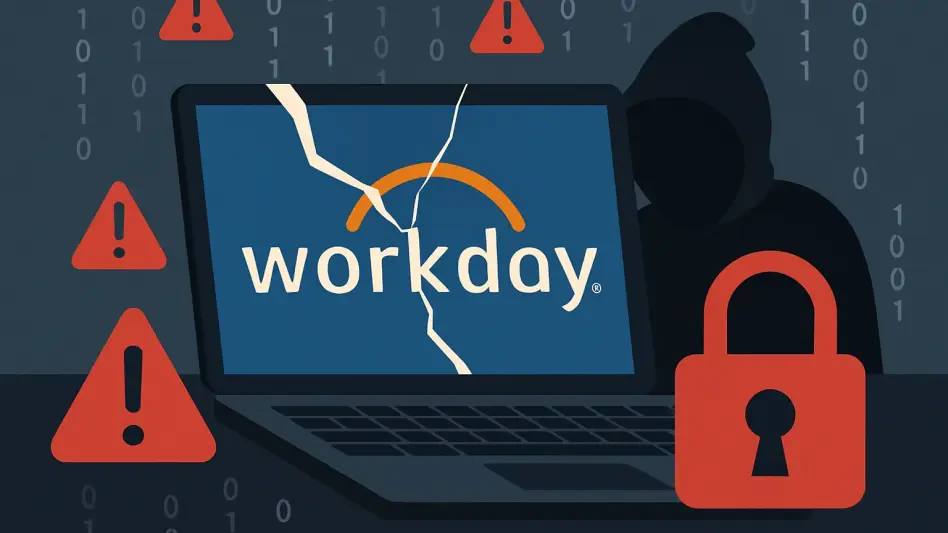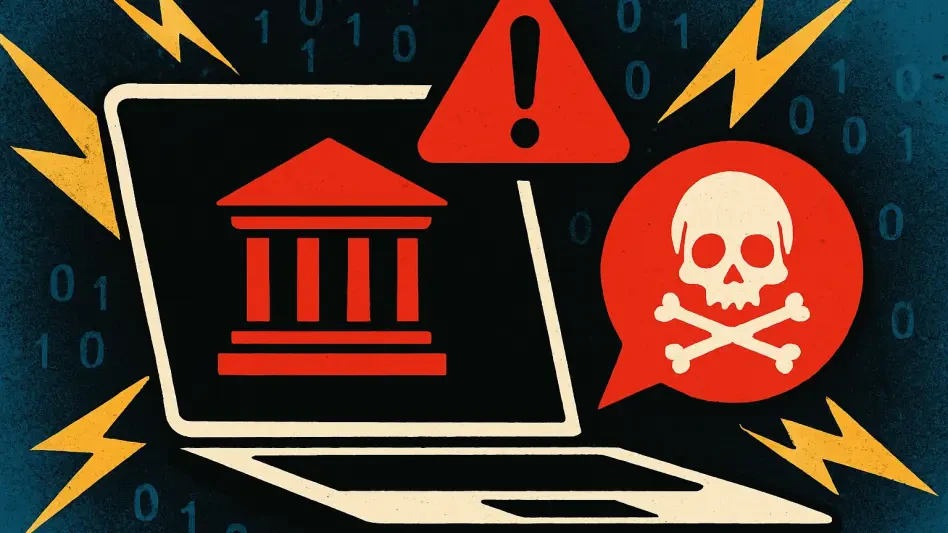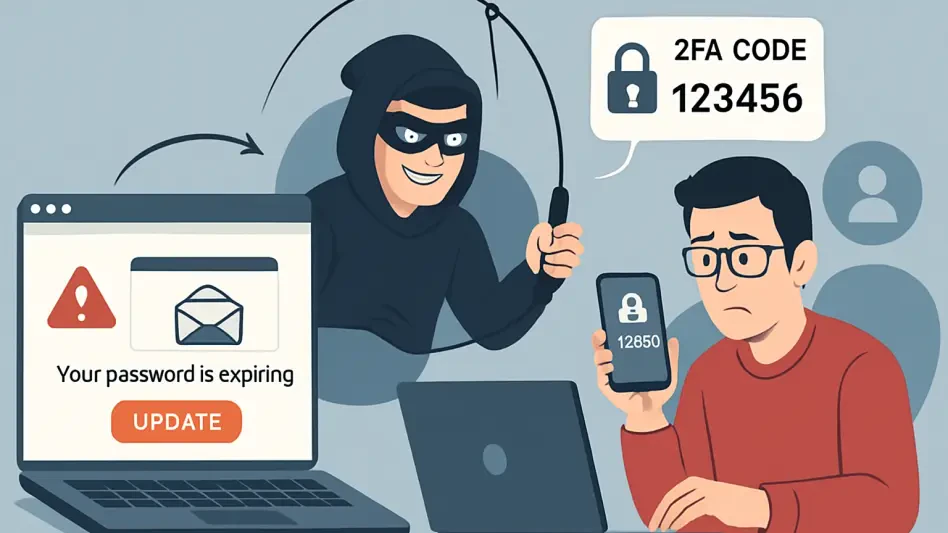In the rapidly evolving landscape of digital finance, blockchain technologies have emerged as both paragons of transparency and targets for increasingly sophisticated cyber threats. Despite a significant reduction in total cryptocurrency value stolen, evidenced by a $1.7 billion loss in 2023, the sheer volume of hacking incidents has surged, highlighting the ongoing battle between technological advancement and cybercriminal ingenuity. As decentralized finance (DeFi) protocols become the epicenter of such attacks—accounting for 64.7% of these losses—the necessity for securing blockchain infrastructures has never been more critical. This burgeoning arena requires a meticulous examination of how blockchain can withstand threats while continuing to offer revolutionary financial services.
Blockchain Vulnerabilities in DeFi Protocols
The Push for Decentralized Finance and Its Challenges
The exponential growth of DeFi protocols has introduced a multiplicity of benefits to the financial sector, promising increased accessibility and autonomy for users. However, this rise has been met with challenges that threaten its foundational security. The infamous $308 million DMM Bitcoin breach and PlayDapp’s $290 million loss from token minting have underscored vulnerabilities within smart contract designs and inadequate key management strategies. Often, protocol upgrades and governance proposals lead to deficiencies, accentuating the delicate balance between rapid development and stringent security protocols. Such breaches can serve as cautionary tales, emphasizing the need for robust auditing processes to accompany swift technological advancements and governance decisions.
Emerging Attack Vectors and Security Measures
With continued scrutiny on security, emerging attack vectors present tangible threats to blockchain platforms. Smaller proof-of-work blockchains repeatedly face formidable 51% attacks, resulting in double-spending damages exceeding $47 million due to insufficient hashing power. In response, projects like Litecoin and Ethereum Classic have advanced hybrid consensus models as countermeasures, showcasing innovation in combating vulnerabilities. Additionally, Sybil attacks threaten decentralized networks by significantly increasing the risk of transaction censorship through fake node creation; these attacks have seen a 140% rise, prompting regulators to enforce stricter node verification standards to ensure network integrity. Such measures highlight the strategic push towards implementing specific governance and infrastructural reforms to shield blockchain’s burgeoning influence in financial transactions.
The Role of Technological Innovations and Regulations
AI and Social Engineering Threats
The application of artificial intelligence by cybercriminals to finesse phishing strategies is one of the most significant advancements in cyber threats. Early 2025 witnessed a staggering $83 million theft due to crypto drainer malware attacks—facilitated by AI tools that construct highly convincing fake project websites and deepfake video endorsements to lure users into signing malicious contracts. Notable losses, such as $12 million siphoned off via a counterfeit Uniswap V4 page, have illustrated the growing challenge posed by AI-enhanced social engineering attacks. These incidents elucidate the need for blockchain custodians to develop AI-driven analytical tools capable of detecting fraudulent behaviors with increased accuracy and speed, mitigating future losses through anticipatory security measures.
Regulatory Counterbalances and Industry Pushback
Regulatory bodies have responded to these threats, influencing blockchain security’s evolving ecosystem. The SEC’s updated guidance in April 2025 mandates detailed risk disclosures for blockchain securities, addressing consensus mechanism vulnerabilities, audit histories, and key management practices. These measures aim to inform investors about technical risks without compromising blockchain’s decentralized ethos. However, decentralized autonomous organizations (DAOs) express concern over perceived impositions on autonomy, urging regulators to find a balance between safeguarding investors and preserving decentralization principles. Moreover, the Financial Action Task Force’s expanded Travel Rule now requires VASP-to-VASP data sharing for transactions over $1,000, curbing illicit transfers through mixers—a move that may simultaneously enhance security and challenge privacy coin operations.
Future Directions in Blockchain Defense
Advanced Mitigation and Real-Time Detection
The implementation of advanced mitigation strategies by blockchain stakeholders showcases a concerted effort toward fortifying security measures. Reports suggest that 74% of significant hacks in 2024 exploited known vulnerabilities like reentrancy and integer overflows. This has driven projects to favor formal verification processes, ensuring contract correctness before deployment. Techniques such as OpenZeppelin’s ReentrancyGuard and Solidity’s overflow checks have significantly decreased related exploitations, demonstrating progress in preemptive security. Furthermore, real-time exploit alerts have gained popularity, empowering decentralized node networks to offer quicker exploitation detection rates than centralized systems. Cases like the swift mitigation of a $53 million oracle manipulation in February 2025 illustrate the tangible benefits of these early detection systems.
Multi-Party Computation and Collaborative Efforts
Multi-party computation (MPC) wallets are becoming increasingly popular among institutional investors due to their robustness against breaches. Their adoption reflects improving confidence in blockchain security frameworks. These wallets, combined with collaborative efforts from the blockchain community in leveraging open-source auditing and AI analytics, are creating a blueprint for enhanced security. Moreover, regulations like MiCA and DORA have established industry benchmarks for operational resilience, urging enterprises to align with rigorous standards. While challenges such as social engineering and consensus-level attacks persist, the deployment of robust, collaborative security mechanisms is vital to safeguarding the integrity and promise of real-time cryptocurrency transactions and the broader Web3 ecosystem’s potential.
Synthesizing Blockchain’s Protective Measures
In the swiftly changing world of digital finance, blockchain technologies are seen as models of transparency but also attract more and more sophisticated cyber threats. Even though 2023 saw a notable decrease in the total value of cryptocurrency theft, with losses amounting to $1.7 billion, the number of hacking incidents has risen sharply. This trend underscores the ongoing struggle between technological progress and the cleverness of cybercriminals. Decentralized finance (DeFi) protocols have become the primary focus of these attacks, responsible for 64.7% of the losses. Consequently, securing blockchain infrastructures is now more essential than ever. The rapidly growing field of blockchain technology invites a thorough analysis of how these systems can resist threats while continuing to provide groundbreaking financial services. The challenge lies in reinforcing security measures without hindering the innovative capabilities that blockchain offers, ensuring it can fulfill its potential in reshaping financial landscapes worldwide.








